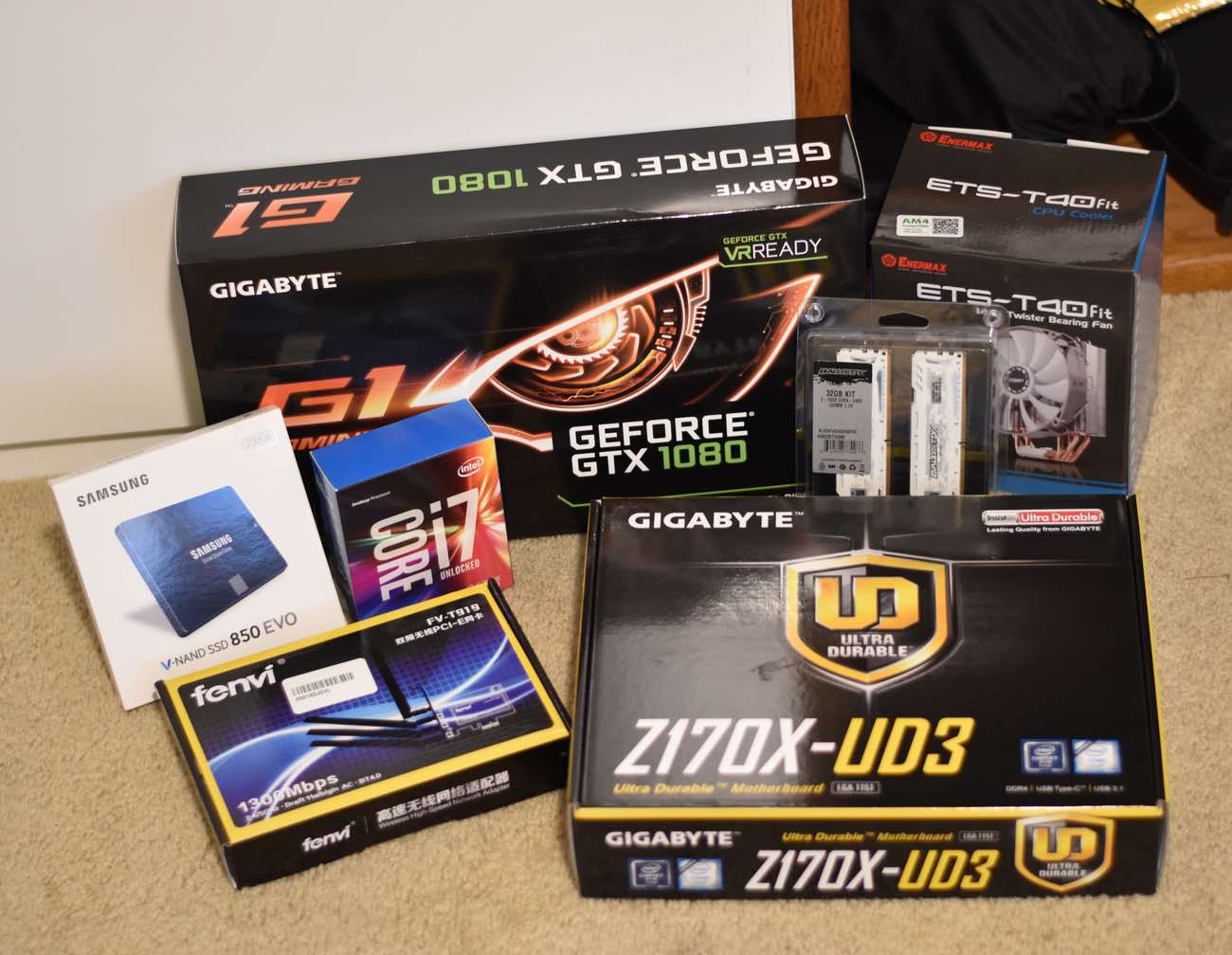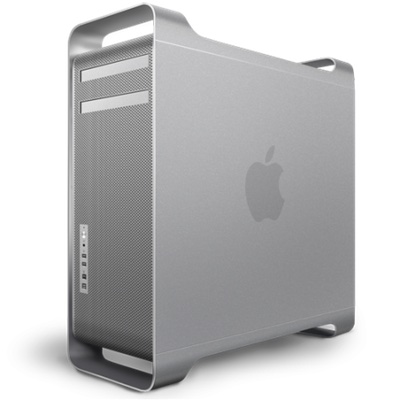Frankenmac 2017: Troubleshooting tips
Earlier today, I managed to kill Frankenmac…again. Technically, it's "again again," because I also did so over the weekend. The weekend death was a black screen, same as the first, but this time, I managed to find the solution.
Today's death looked more serious—Frankenmac would reboot itself about a second after I started the boot sequence. I tried my backup drive, and it didn't work either—despite the fact that I tested it over the weekend. I couldn't boot in single user mode or safe mode from either drive. I could, though, boot into single user mode from the original USB stick I made for the install.
From there, with some help, I eventually got things working again. If you choose to build one of these things, you may find yourself with a similarly-dead machine at some point in time. Worst case, you should also be able to boot in single user mode from the USB stick, but then what? Here are a few tips on things you can do while booted in single user mode that might help debug the problem.
 First, the boring stuff: The power supply I chose is a Thermaltake
First, the boring stuff: The power supply I chose is a Thermaltake 


